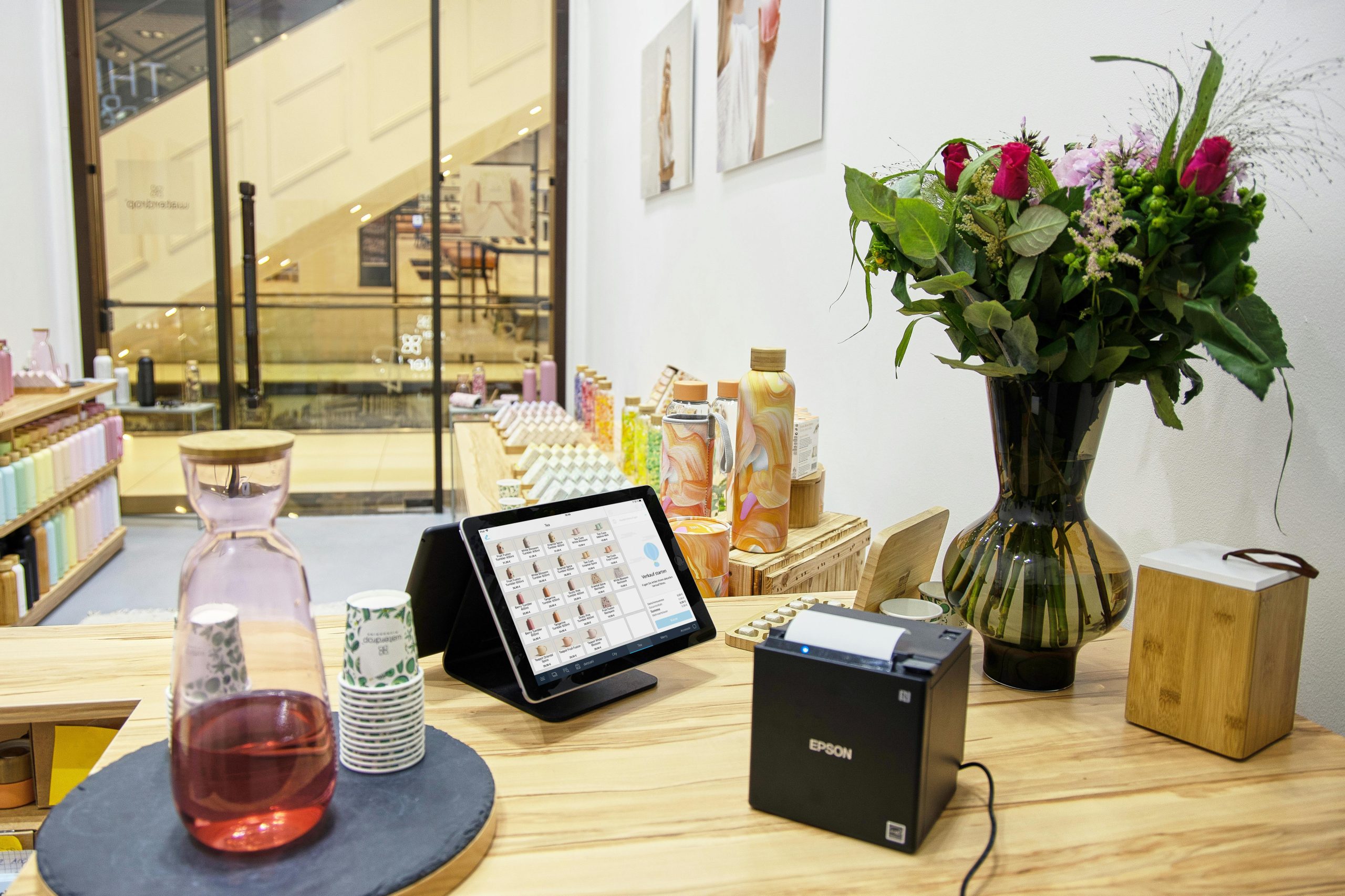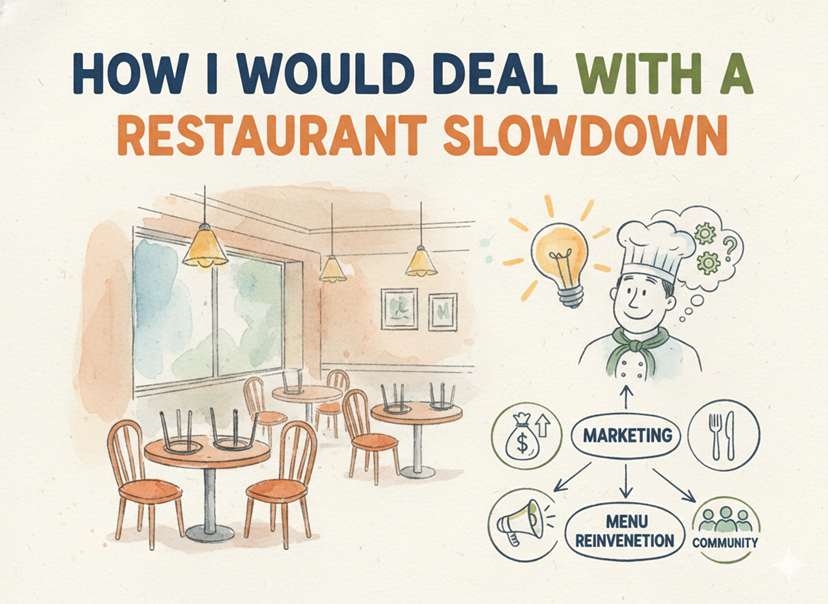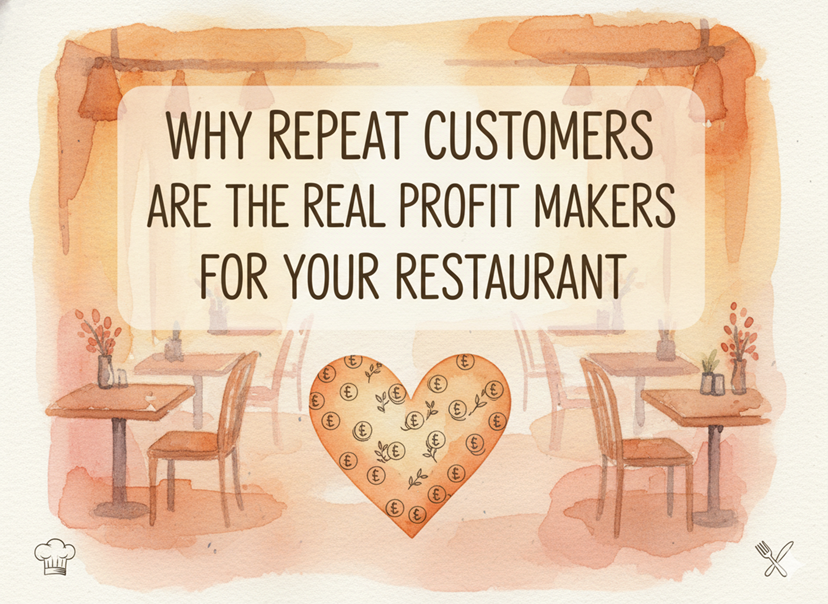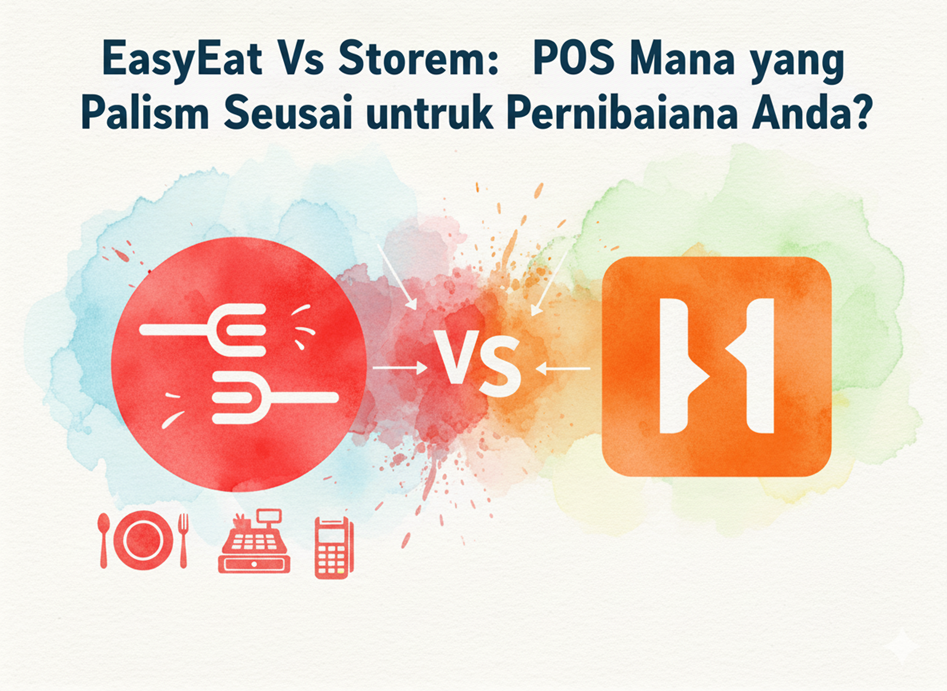If you run a restaurant, you know how important a POS system is. It helps you take orders, process payments, and keep track of sales. However, not all POS systems are the same. Some restaurants still use old systems, while others have moved to modern cloud-based solutions. Understanding the difference between these systems can help you make the best choice for your restaurant. Let’s explore what a legacy POS system is and how is it different from a cloud restaurant POS system. Finally, you will be able to decide if it is the right time for you to switch.
What Is a Legacy POS System?
A legacy POS system, also known as a traditional POS system, is an older type of system that stores all data on a local computer or server. This means everything, including sales data, inventory, and customer information, is saved within the premises. These systems have been around for years and were once the only option for food businesses. They typically consist of a large computer, a cash register, a receipt printer, and sometimes a barcode scanner.
While legacy POS systems have been useful for a long time, they come with many limitations. Technology has changed, and I’m sure that your restaurant’s needs have changed too. This is where cloud restaurant POS systems come in.
What Is a Cloud Restaurant POS?
A cloud restaurant POS is a modern system that works with the internet. Instead of storing all data on a local computer, it saves everything on the cloud. This means you can access your sales, inventory, and reports from anywhere using a laptop, tablet, or smartphone.
Cloud POS systems are becoming popular because they provide more flexibility and features than legacy POS systems. A study by Grand View Research found that the global cloud POS market is expected to grow at a rate of 22.8% per year from 2021 to 2028. This shows that more businesses are moving towards cloud-based solutions.
What Is the Difference Between Old POS System and New POS System?
Now that you know what a legacy POS and a cloud restaurant POS are, let’s look at the key differences between the two.
1. Accessibility and Remote Management
With a legacy POS system, you can only access your data when you are physically at your business. If you want to check sales reports or update menu prices, you have to be on-site. This can be inconvenient, especially if you run multiple locations or if you have to travel very frequently.
On the other hand, a cloud restaurant POS allows you to access your system from anywhere. Whether you are at home, traveling, or even in another country, you can check sales, manage inventory, and make changes instantly. This level of flexibility helps you stay in control without being tied to one place.
2. Cost and Maintenance
A traditional POS system usually comes with a high upfront cost. You need to buy expensive hardware, install software, and sometimes even pay for IT support. A cloud-based POS system, on the other hand, works on a subscription model. Instead of paying a huge amount upfront, you pay a small monthly or yearly fee. This makes it more affordable, especially for small restaurant businesses. Additionally, cloud POS systems do not require expensive maintenance, as updates are done automatically over the Internet.
3. Data Security and Backup
With a legacy POS system, all your data is stored on-site. If something happens to your computer, such as a hard drive failure, fire, or theft, you could lose all your data. This is a big risk, especially if you don’t have regular backups.
A cloud restaurant POS stores data on secure remote servers. Even if your hardware is damaged or stolen, your data remains safe in the cloud. Cloud POS providers also offer automatic backups, so you never have to worry about losing important information.
4. Limited features
Traditional POS systems usually have very limited features like billing. However, advanced cloud-based POS systems can help you with many more tasks like inventory management. You don’t have to pay extra for these features. But with traditional POS systems, you would have to purchase other software to manage your restaurant.
5. Integration with Other Tools
Businesses today use multiple tools, such as online ordering platforms, delivery apps, and accounting software. A legacy POS system often struggles to integrate with these modern tools because of its outdated technology.
Cloud POS systems, however, are designed for easy integration. They can connect with various apps and services, making it easier to manage everything from one system. For example, the EasyEat POS system can be easily integrated with your supplier management software food market hub.
6. Flexibility and Mobility
A traditional POS system is fixed in one place. It usually consists of a large computer and other bulky hardware, making it difficult to move around.
A cloud restaurant POS can work on tablets, smartphones, or laptops. This allows you to take orders and process payments from anywhere in your business, whether at the counter, at a table, or even for takeaway and delivery.
7. Speed and Performance
Legacy POS systems can slow down over time, especially if the hardware is old. They may also freeze or crash, leading to service delays.
Cloud POS systems are faster and more reliable. Since they run on modern cloud technology, they do not rely on old hardware. As long as you have a good internet connection, your system will run smoothly.
Signs that it Is Time to Switch to a Cloud Restaurant POS
If you are still using a legacy POS, you might be wondering if it’s time to switch to a cloud-based system. Here are some signs that it may be time for an upgrade:
- Your current POS is slow and crashes often.
- You find it difficult to update prices, manage inventory, or check sales remotely.
- You worry about data loss or security issues.
- You want to integrate with online ordering and delivery platforms.
- You are looking for a more cost-effective and flexible solution.
Both legacy POS and cloud POS have their pros and cons, but cloud-based systems offer more flexibility, security, and cost savings. With more businesses moving to cloud technology, switching to a cloud restaurant POS can help you stay ahead and manage your operations more efficiently.
Technology is changing fast, and upgrading your POS system can make a big difference in how you run your business. By understanding the differences between traditional POS systems and modern cloud-based solutions, you can make an informed decision that will benefit your company in the long run.




